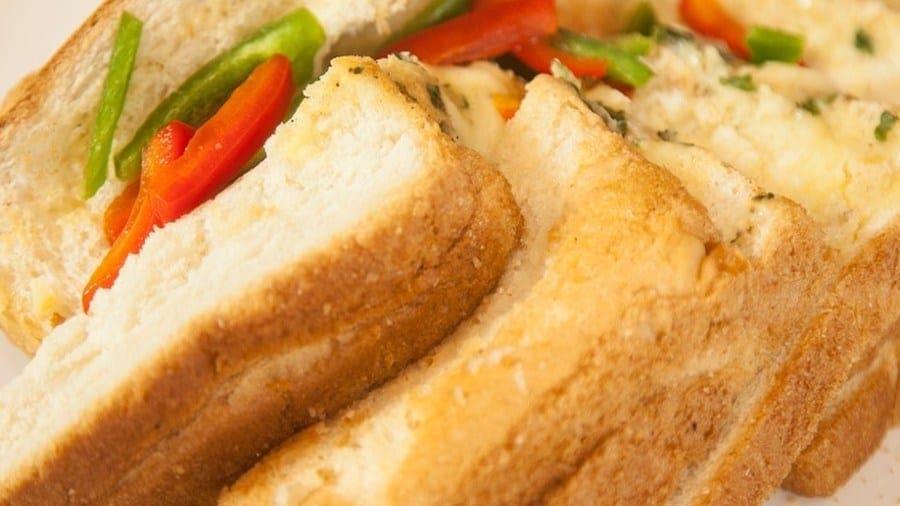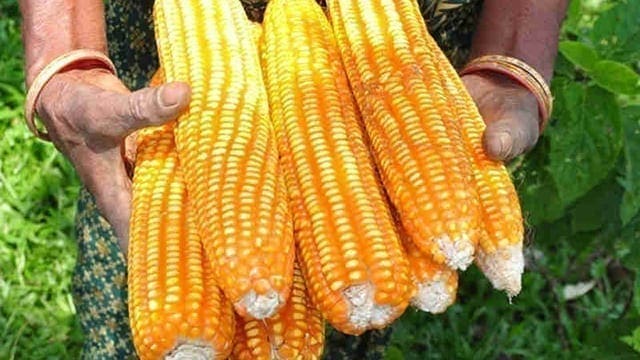GLOBAL – 2020 has been a tumultuous year. The Covid-19 pandemic certainly disrupted a lot of businesses and the food industry was among the worst hit.
This however did not deter innovative food scientists, enthusiasts, and entrepreneurs from making ground breaking discoveries that would shape the future of the food industry.
Looking back at the year that was, these are some of the most industry-impacting discoveries made throughout the past year.
Discovery of enzyme which breaks PET plastic in hours
PET plastic is one of the major environmental problem that the world is currently facing.
Around 500 billion of these plastics are produced annually, according to a report by Statista.com.
Most of these plastics either end up in oceans or in landfills where they take several decades before they are completely degraded.
In laboratory experiments studying PET degradation, a life expectancy of PET bottles was predicted under 100% humidity to be between 27 and 93 years.
With plastic being a number one problem especially for the beverages sector, scientists have been looking for ways to solve the problem.
In April, scientists working for industrial chemistry firm Carbios discovered an enzyme which can reportedly break down PET plastics for recycling into food-grade material in hours, rather than weeks.
The team claims that the new enzyme can break down PET plastics into their individual chemical components in as little as ten hours, allowing the creation of new high-quality, food-grade PET packaging.
If successful, Carbios says that the proprietary process could represent a “paradigm shift” in the way that PET is recycled, and could pave the way towards a circular economy for plastics.
With strategic partnerships made with firms including PepsiCo and Nestlé, the company said that it would conduct a trial in 2021 to test the “industrial and commercial potential” of the process.
Discovery of a beetle larvae that can biodegrade plastic
As scientists at Carbios were working on the enzyme that breakdown plastics in hours, their colleagues at Pohan University of Science and Technology claimed to have identified a species of darkling beetle larvae found in Korea that can digest and decompose polystyrene in their gut.
The scientists reported that the larvae of the beetle Coleoptera (P. davidis), indigenous to East Asia, can consume polystyrene and reduce both its mass and molecular weight.
One of the authors of the study, Professor Hyung Joon Cha, said: “If we use the plastic-degrading bacterial strain isolated in this study and replicate the simple gut floral composition of P. davidis, there is the chance that we could completely biodegrade polystyrene, which has been difficult to completely decompose, to ultimately contribute to solving the plastic waste problem that we face.”
Research discovers new use for discarded bread
According to eater.com, a third of all bread manufactured in the United States goes to waste every day.
Most of these ends up in landfill where they generate harmful gaseous emissions as they decompose, and also represent a lot of lost money and other resources, like water that’s used in the cultivation of wheat and manufacturing of bread.
In June however, US researchers claimed they had developed a bioprocess that converts glucose from bread waste into value-added products, such as ascorbic acid (vitamin c).
A month later, in July, a University of Nottingham student-led social enterprise – Foodprint – devised a novel way to turn bread that had exceeded its best before date into a sweet treat based on the traditional Indian dessert ‘Gulab Jamun’, which substitutes flour for the surplus product.
Earlier in March, a study published in Frontiers in Microbiology described the invention of a microbe feed mixture—what’s known as a ‘starter’—containing 50% wasted bread, provided by leftovers from commercial sandwich production.
When combined with enzymes and other supplements, the researchers discovered that this repurposed bread not only created a nutritious base for multiple different microbes, but also cost three times less to make than regular substrates, which are usually produced from several raw materials to feed microbes.
Development of 3D printing method for milk-based products
Typical 3D printing methods are not always compatible with foods with temperature-sensitive nutrients such as milk.
Researchers in Singapore however pushed he limits of technology and developed a method to perform 3D printing of milk-based products at room temperature, while maintaining their temperature-sensitive nutrients.
To tackle previous limitations, the research team changed the rheological properties of the printing ink and demonstrated direct ink writing 3D printing of milk by cold-extrusion with powdered milk.
The scientists believe that the method offers potential in formulating nutritionally controlled foods customized for individual requirements.
Liked this article? Subscribe to Food Business Africa News, our regular email newsletters with the latest news insights from Africa and the World’s food and agro industry. SUBSCRIBE HERE











